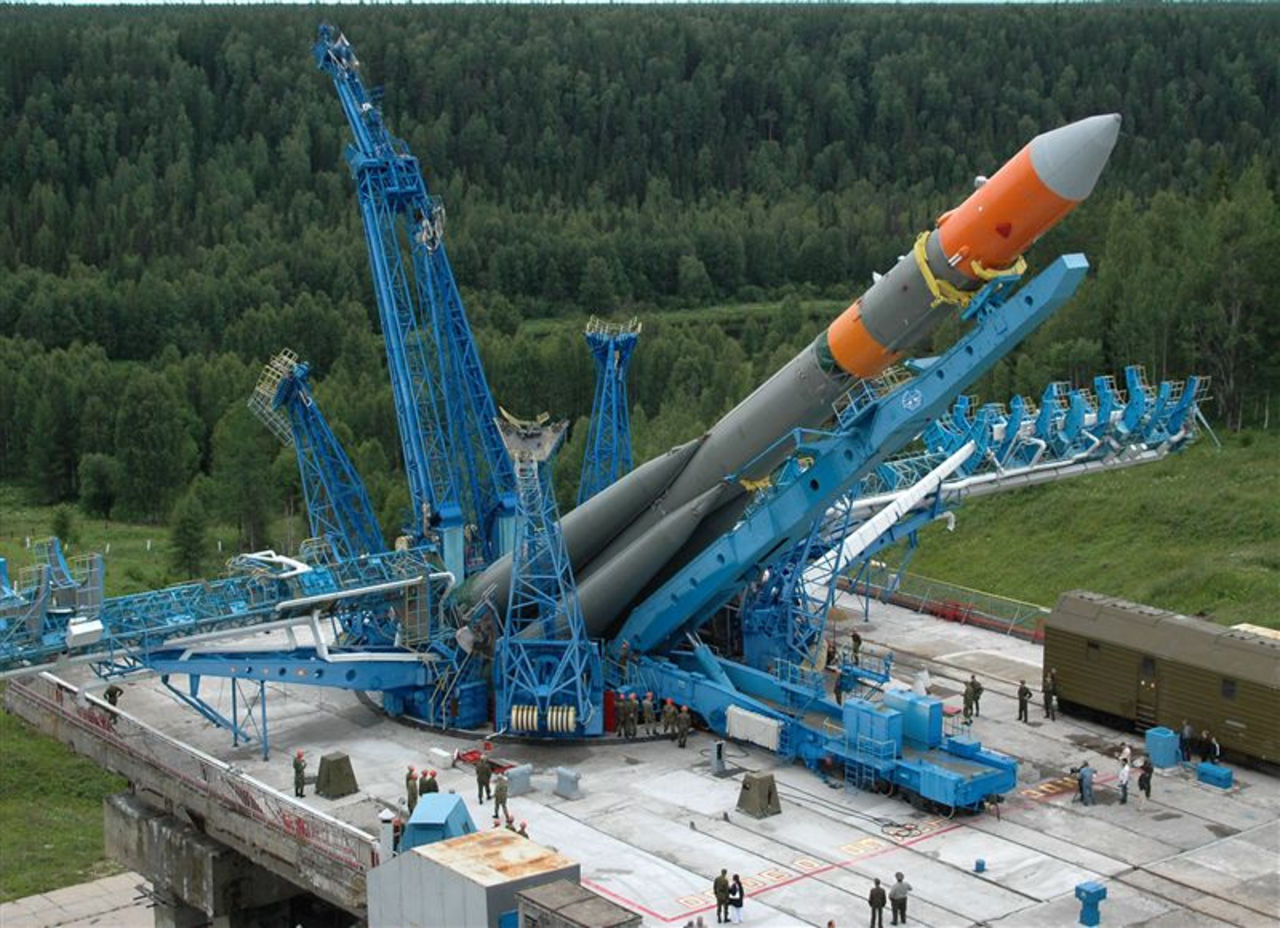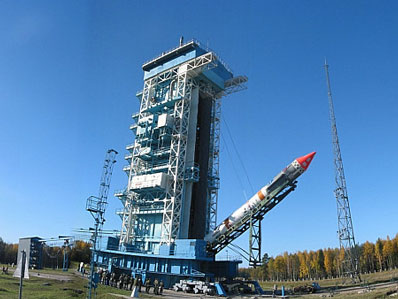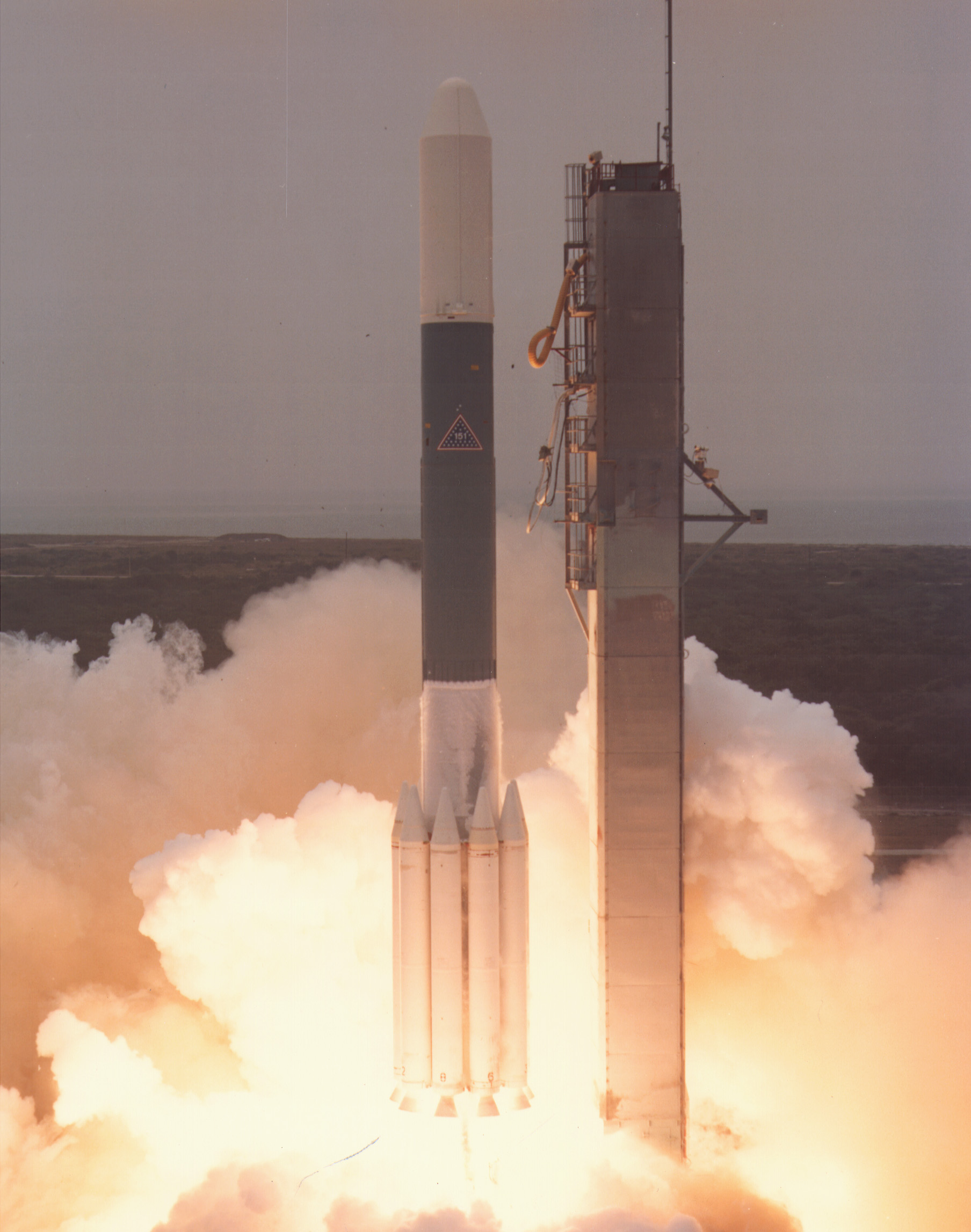Previous Spaceflight Launches
Filter by Agency, Locations or Vehicles
Show All LaunchesSoyuz U | Zenit-6U 81
Russian Federal Space Agency (ROSCOSMOS) | RussiaBaikonur Cosmodrome, Republic of Kazakhstan
July 13, 1983, 9:40 a.m.
Molniya-M | US-K 30
Russian Space Forces | RussiaPlesetsk Cosmodrome, Russian Federation
July 8, 1983, 7:21 p.m.
Kosmos-3M | Strela-1M 265-272
Russian Space Forces | RussiaPlesetsk Cosmodrome, Russian Federation
July 6, 1983, 12:31 a.m.
Soyuz U | Zenit-6U 80
Russian Federal Space Agency (ROSCOSMOS) | RussiaPlesetsk Cosmodrome, Russian Federation
July 5, 1983, 7:50 a.m.
Molniya-M | Prognoz-9
Russian Space Forces | RussiaBaikonur Cosmodrome, Republic of Kazakhstan
July 1, 1983, 12:17 p.m.
Proton-K/DM | Gorizont 7
Khrunichev State Research and Production Space Center | RussiaBaikonur Cosmodrome, Republic of Kazakhstan
June 30, 1983, 11:56 p.m.
Delta 3920/PAM | Galaxy 1
McDonnell Douglas | United States of AmericaCape Canaveral SFS, FL, USA
June 28, 1983, 11:08 p.m.
Soyuz U | Yantar-2K 30
Russian Federal Space Agency (ROSCOSMOS) | RussiaPlesetsk Cosmodrome, Russian Federation
June 28, 1983, 3 p.m.
Scout D-1 | HILAT
Vought | United States of AmericaVandenberg SFB, CA, USA
June 27, 1983, 3:37 p.m.
Soyuz-U | Soyuz T-9
Russian Federal Space Agency (ROSCOSMOS) | RussiaBaikonur Cosmodrome, Republic of Kazakhstan
June 27, 1983, 9:12 a.m.
Status: Launch Successful
Mission:
Soyuz T-5 was the second long-duration expedition to the Salyut 7 space station. The mission began on June 27, 1983, 09:12:00 UTC, launching Commander Vladimir Lyakhov and Flight Engineer Aleksandr Aleksandrov into orbit. They docked with the station the next day. During their 150-day stay on the station, crew carried outd various scientific and medical experiments, performed two EVAs to install additional solar panels on the station, and were visited by 2 uncrewed cargo Progress vehicles. The mission concluded with a safe landing back on Earth on November 23, 1983, 19:58:00 UTC.
Low Earth Orbit






